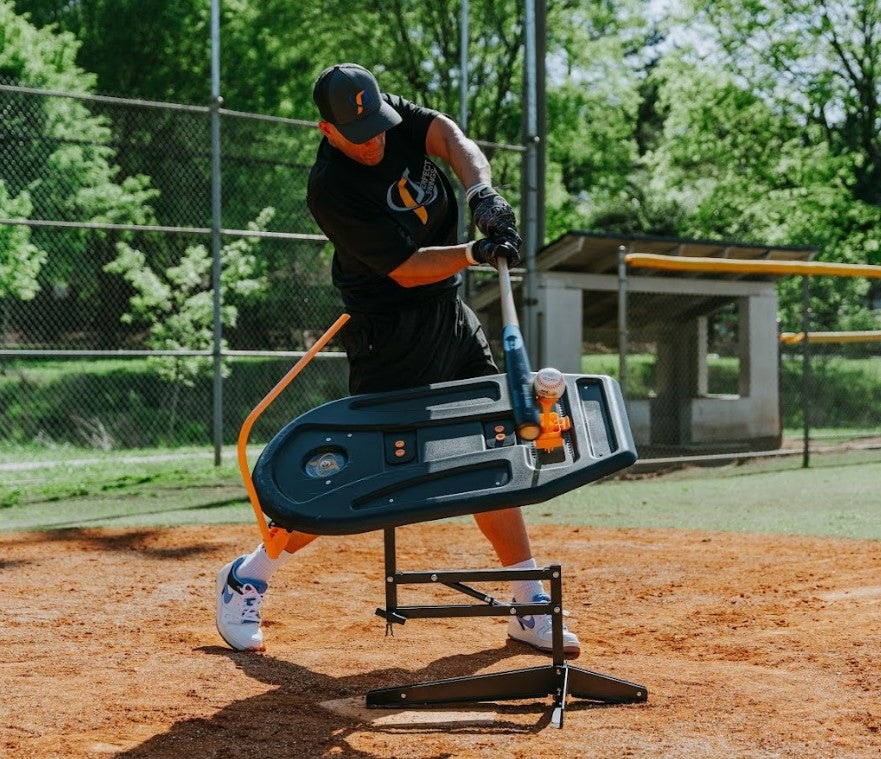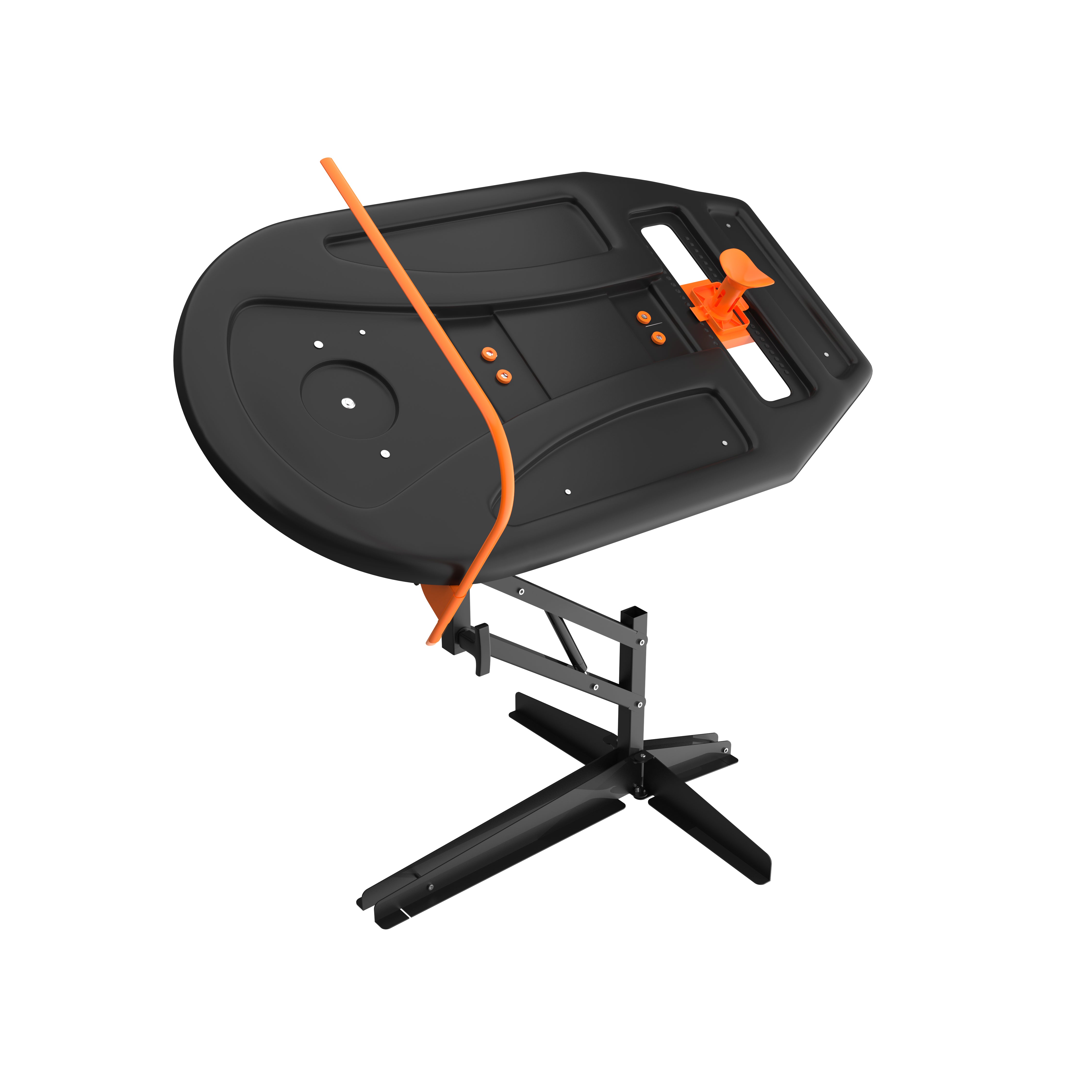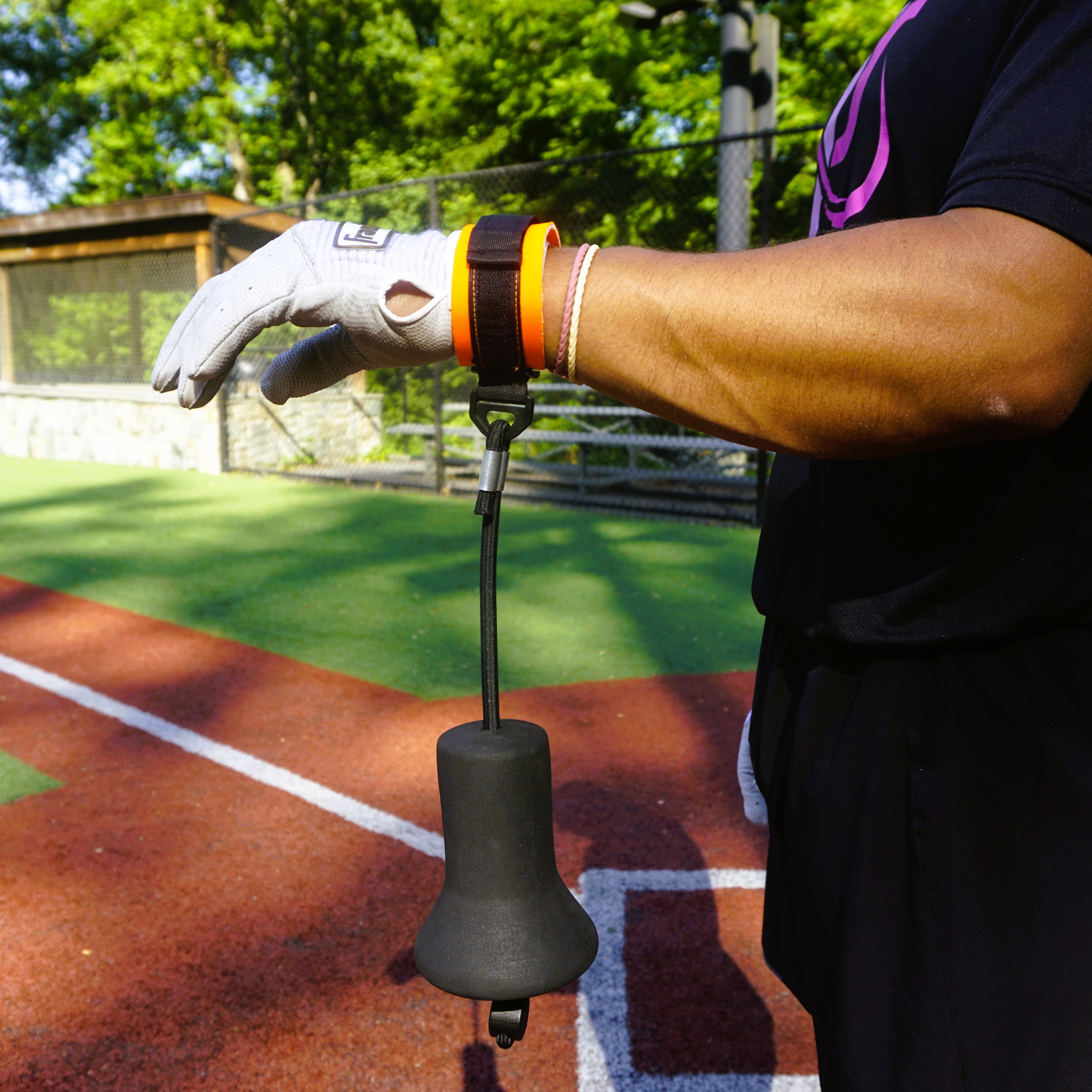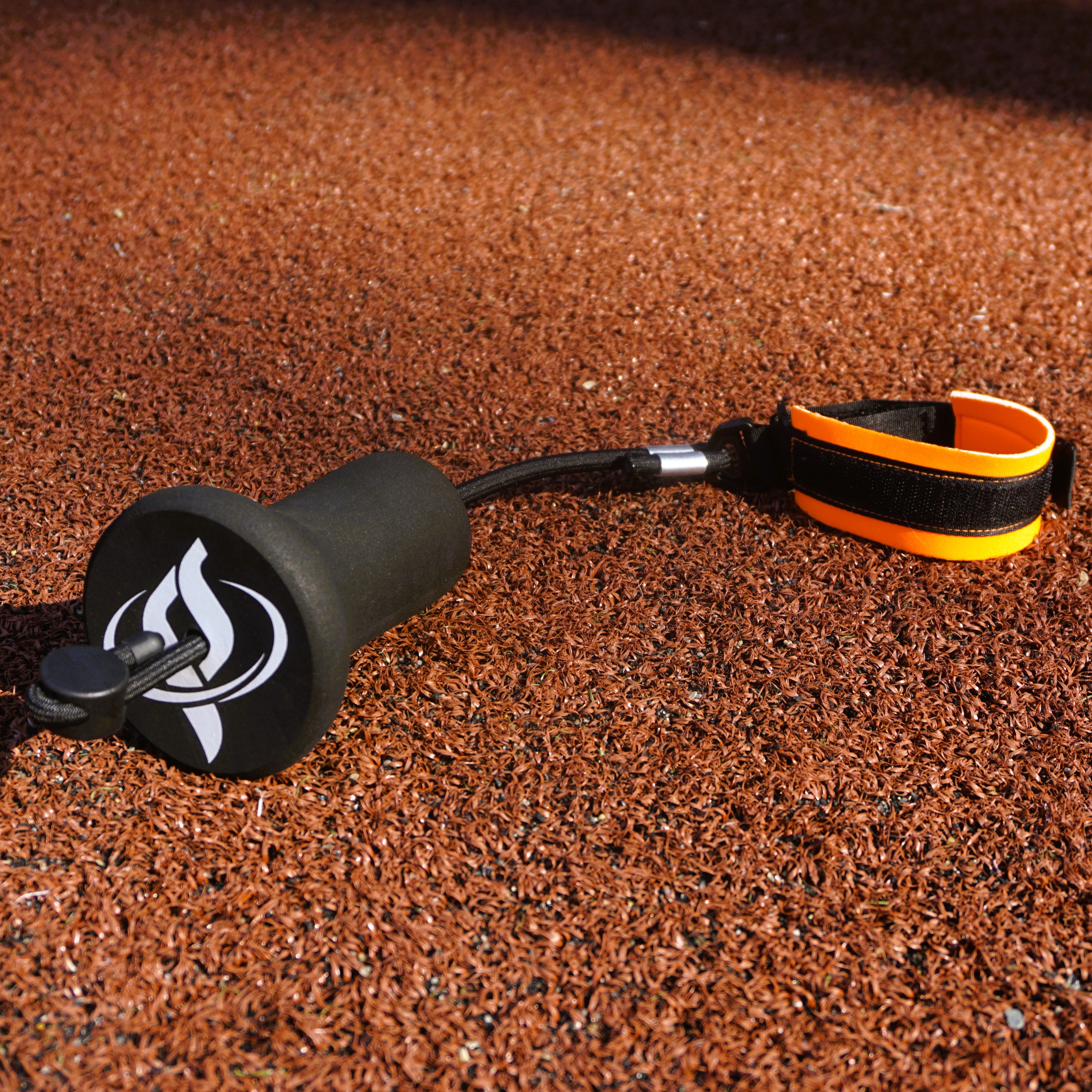Balance forms the foundation of every successful softball swing. Understanding how balance works in your swing mechanics can help you identify areas for improvement and develop the consistency every hitter seeks. In this hitting guide, we’ll explain why balance matters in your softball swing and how to improve your swing balance for more consistent and successful hitting.
Understanding Balance in Softball
In softball hitting, balance means controlling your center of gravity while executing the complex movement of an effective swing. This involves coordinating multiple body parts working together in sequence.
First, your stance and weight distribution create the foundation for everything that follows. Second, maintaining equilibrium during swing mechanics ensures you stay in control throughout the entire motion. Third, controlled movements and stability allow you to adjust when facing different pitch locations and speeds.
Proper Stance and Weight Distribution
Your batting stance determines how well you can maintain balance throughout your swing. Position your feet slightly wider than shoulder-width apart and distribute your weight evenly on the balls of both feet. This athletic position provides the stability to handle any pitch location while maintaining the flexibility to shift your weight effectively.
Keep your knees slightly bent and your back straight to create an athletic posture that promotes good balance. Your head should remain level and still, as head movement disrupts your equilibrium and makes it harder to track the ball.
Maintaining Equilibrium During Swing Mechanics
Balance during your swing requires precise coordination between your upper and lower body. As you load and stride, your weight shifts from a balanced position to your back foot, then forward to your front foot during the swing. This weight transfer must happen smoothly to maintain control and generate maximum power.
Your core muscles play a crucial role in maintaining equilibrium throughout the swing. Think of your core as the vital link between the power generated by your lower body and the control executed by your upper body. To achieve a powerful and accurate swing, your upper body must work in perfect harmony. A strong, engaged core stabilizes your body, allowing your hands and shoulders to guide the bat with precision. When your core is weak, you lose both power from your legs and accuracy in your upper body, resulting in an ineffective swing.
Controlled Movements and Stability
You should control every movement in your swing deliberately. Rushed or jerky movements disrupt your balance and lead to poor contact. Focus on smooth transitions between each phase of your swing, allowing your body to maintain stability while generating speed and power.
Stability doesn't mean being rigid or tense. Think of balance as dynamic stability—you're moving, but you're always in control of your body positioning and how it’s moving through space.

Balance and Swing Mechanics
Balance matters in your softball swing because it affects every phase of your swing, from your starting stance through your finish position. Understanding how balance works within each phase helps you identify where you can make improvements and how to practice more effectively.
Starting Stance
Your starting stance sets the tone for your entire swing. A balanced stance provides the foundation for everything that follows, while a poor stance creates problems that are difficult to correct later in the swing. Position yourself so you feel athletic and ready to move in any direction.
The distance between your feet affects your stability—too narrow and you lack power, too wide and you restrict your ability to rotate and shift weight effectively. Weight distribution in your stance should favor the balls of your feet rather than your heels. Avoid leaning too far forward or backward, as either extreme disrupts your equilibrium.
Weight Shift
Properly shifting your weight from your back foot to your front foot is key for generating power and staying balanced, but remember, this movement depends just as much on the pitcher as it does on you. Your weight shift should sync with the timing of the pitcher's wind-up, the speed of the pitch, and the type of pitch being thrown. If the pitch is faster, you'll need to start your shift a split-second sooner. If you’re facing a slower or breaking pitch, waiting back is critical—rushing will throw you off balance and rob your swing of power.
Aim for a gradual and smooth shift, not a sudden lurch that disrupts your equilibrium. Think of it as a controlled fall toward the pitcher that you catch with your front foot just as you make contact. When you time your weight shift with the pitcher, you’re able to maintain balance, maximize your power, and keep your movement directed toward the pitcher—not just spinning in place.
Rotation
Hip and shoulder rotation must happen while maintaining your center of gravity over your base of support. Your hips should begin rotating slightly before your shoulders, creating the separation for power while maintaining balance.
Proper rotation happens around a stable axis, with your head remaining relatively still throughout the movement. If your head moves significantly during rotation, it indicates balance issues that need attention. The speed of your rotation should match your weight shift and the timing of the pitch.
Follow-Through
Your follow-through reveals whether you maintained good balance throughout your swing. A balanced finish position indicates proper mechanics throughout the entire swing; while falling off balance suggests issues that need correction.
In a proper follow-through, your weight should completely shift to your front foot, with your back foot pivoting naturally. You should be able to hold your finish position without taking extra steps or falling toward the plate. Speed trainer bats can help you challenge your muscles to stay in control throughout your swing’s finish.

Balance Drills and Exercises
Developing better balance requires specific training that challenges your stability while practicing swing mechanics. These drills help build the necessary muscle memory and strength to maintain balance under the pressure of game situations.
Balance Board Exercises
Balance board training challenges your stability while forcing your muscles to make constant small adjustments. Start by simply standing on the balance board with your feet in your batting stance width. Focus on maintaining your balance without holding onto anything for support.
Progress to practice swings while standing on the balance board. This forces you to maintain your center of gravity while executing swing mechanics. Start with slow, controlled swings and gradually increase your speed as your balance improves.
Single-Leg Isolation Drills
Building unilateral strength and stability is essential for an effective weight transfer during your swing. One great drill is the single-leg load. Start in your batting stance and slowly lift your front foot, shifting all your weight onto your back leg. Hold this loaded position for a few seconds, focusing on staying balanced and stable over your back leg. From here, practice a controlled stride forward into a balanced hitting position without completing the swing.
Another effective drill is the step-back. Stand with your feet together, then step back with one foot into your loaded stance. This movement teaches you how to feel the weight transfer onto your back leg. You can also perform step-ups onto a low box or bench to build single-leg strength, which directly translates to a more powerful and controlled weight shift in the batter's box.
Medicine Ball Rotations
Another way to develop the core strength and rotational stability batters need for a balanced swing is medicine ball rotations. Start with light medicine balls and focus on controlled rotations that mimic your swing movement while maintaining a stable base.
Perform medicine ball slams while maintaining your batting stance, focusing on keeping your lower body stable while your upper body generates force. This exercise teaches you to create power through rotation while maintaining balance and control.
Core Strengthening Exercises
Your core provides the foundation for all balance and stability, so strengthening exercises will help you maintain body control throughout your swing. Planks, side planks, and rotational planks build your isometric strength to maintain posture and balance throughout your swing.
Dynamic core exercises like wood chops and Russian twists develop your rotational strength and control for powerful, balanced swings. Focus on controlled movements rather than speed, emphasizing quality over quantity in your repetitions.
Developing Your Balanced Swing
Balance is crucial to a softball hitter’s success. At Perfect Swings USA, our equipment can help you hone your swing so it’s all-star worthy! Browse our swing path trainers, lag bats, and more online today.







